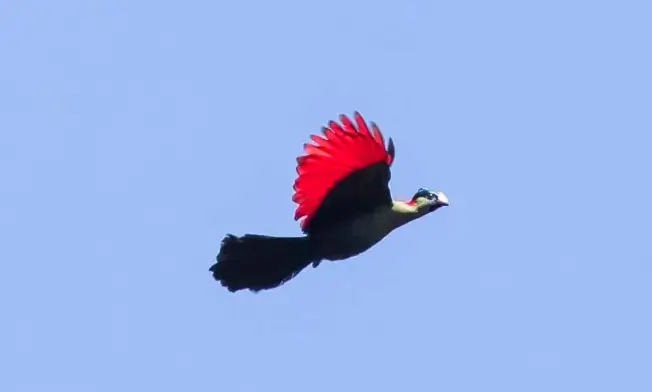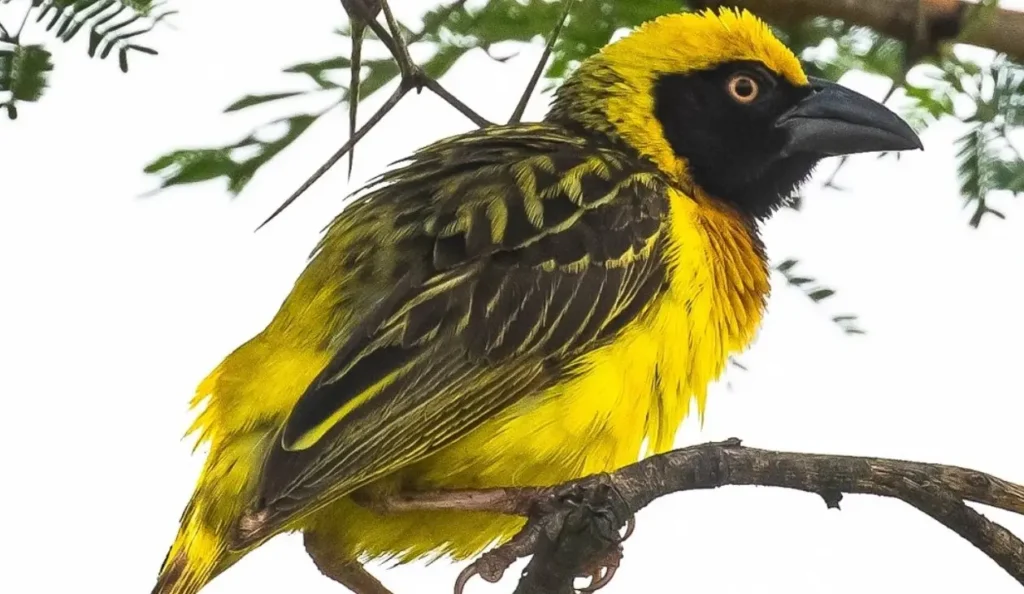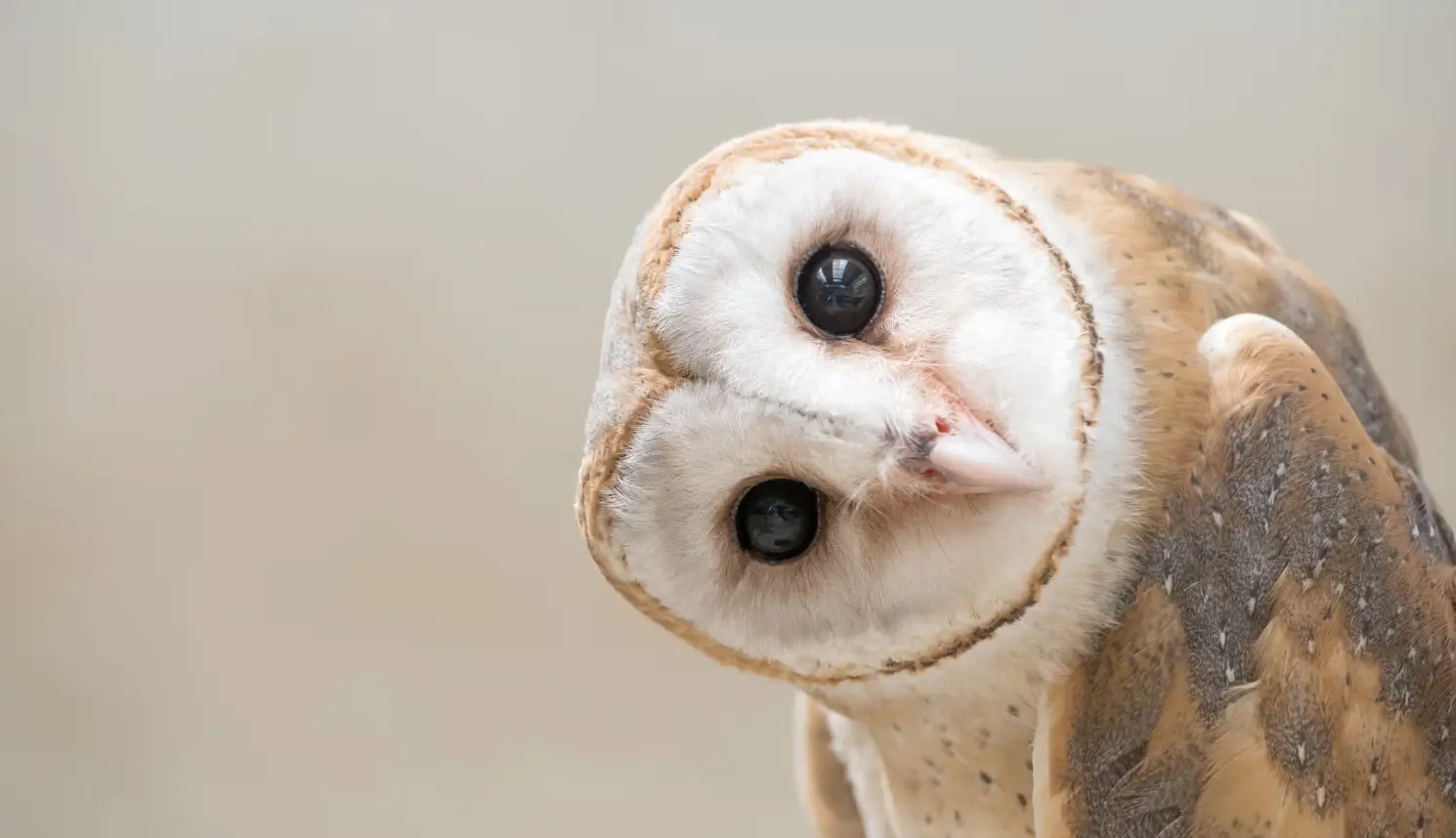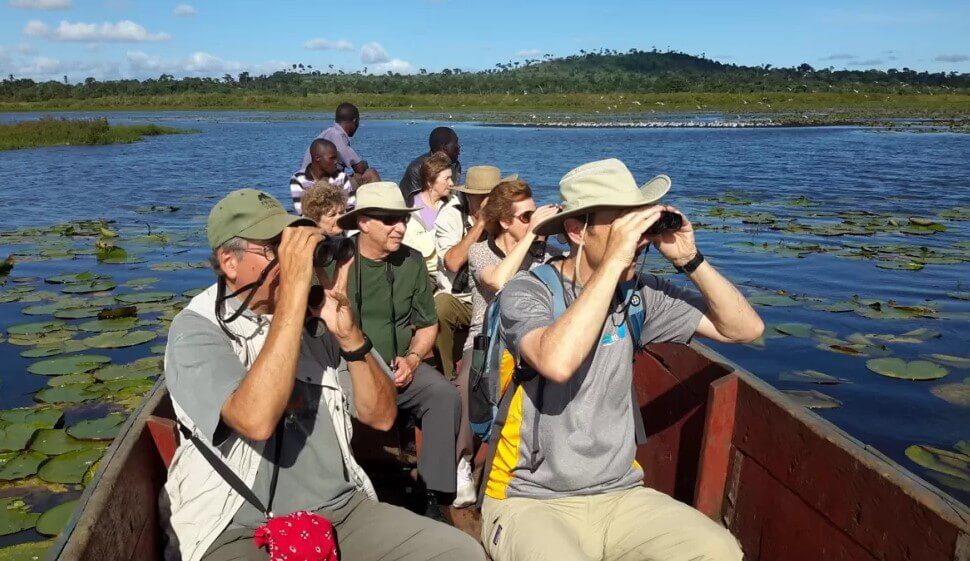Uganda’s bird list exceeds 1,060 species. Yet only a handful of those are truly endemic—species found nowhere else.
Understanding which ones those are reveals something deeper: the fragility of restricted-range birds, the push and pull of habitat pressure, and what conservation in Uganda really demands.
Key Takeaways
- Uganda has very few true endemics; Fox’s Weaver is the only widely accepted full endemic.
- Several more are near-endemics or range-restricted—especially tied to the Albertine Rift forests.
- Endemic and range-restricted species are concentrated in places like Bwindi, Mgahinga, and the Albertine Rift block.
- Small ranges make these birds vulnerable to habitat loss, climate shifts, and land-use change.
- A birding itinerary focused on forest endemics must accept trade-offs: remoteness, limited visibility, and higher cost.
What Counts as “Endemic” Anyway
In ornithology “endemic” means a species whose entire breeding—or resident—range lies within one country’s borders.
Many birds popularly called “Uganda endemics” are actually range-restricted (only found in a small region that may cross borders) or near-endemics (mostly in Uganda, but also just beyond).
The two more widely cited “true” endemics in Uganda are:
- Fox’s Weaver (Ploceus spekeoides) — recognized by HBW/BirdLife and others as Uganda’s only full endemic.
- Karamoja Apalis (Apalis karamojae) — sometimes treated as endemic. It is often considered a localized or near-endemic.
Other species fall into the category of Albertine Rift endemics or forest-specialist range-restricted species.
These may not be confined legally to Uganda, yet their ranges are so narrow that Uganda is one of few viable places to see them. Examples include the African Green Broadbill and Rwenzori Turaco.
Another example: the Red-faced Woodland Warbler occurs in the montane forests along the Albertine Rift and is often listed among those tied to the Rwenzori-Albertine system.

Why So Few True Endemics?
This might surprise many birders—why so few? Uganda lies in the heart of several biogeographic transitions. At those edges, species ranges often cross national borders. Only when isolation, peculiar habitat, or geological barriers intervene do strictly country-wide endemics emerge.
In Uganda’s case:
- Many forest birds follow the Albertine Rift belt. Their ranges overlap Rwanda, DRC, Burundi, or Tanzania.
- Wetlands and savannas favor broader distributions of waterbirds and open-country species.
- Land use changes, fragmentation, and climate shifts compress or shift ranges; narrow endemics become more imperiled.
The few birds truly unique to Uganda therefore become symbols and flagships—they carry outsized conservation weight.
Where to See Them
A trip to Uganda for endemic and range-restricted birds should orient you toward three zones:
1. Albertine Rift forests (Bwindi, Mgahinga, Rwenzori block)
This is where the concentration of endemics lies. Nearly 24 Albertine Rift endemic species have been recorded in Uganda, and Bwindi is the only place all occur.
Look for African Green Broadbill, Rwenzori Turaco, Grauer’s Cuckooshrike, Chapin’s Flycatcher, and more.
2. Semi-arid and acacia scrub (Karamoja region)
Karamoja Apalis is tied to the whistling thorn acacias in this region. Expect localized birding in less traveled zones.
3. Wetland & swamp fringe zones
While not typically host to many full endemics, search the edges of wetlands like Mabamba Swamp for specialists and rare localized species.
Because sightings of endemics often depend on cover, forest reach, and quiet fieldwork, hiring guides who know the microhabitat matters more than sheer visibility.

Conservation Risks and Ethical Context
Those narrow-range species carry high vulnerability. Small habitat disturbances—a logging concession, new road, land conversion—can push them into decline. Because they often live in montane forest fragments, even climate shifts uphill matter.
Uganda must manage its forests not only for greater wildlife but for birds whose entire global patrimony lies within its borders. That implies:
- Prioritizing forest protection over extractive land use
- Supporting corridors and minimizing fragmentation
- Promoting community engagement so forest buffers are sustainable
- Researching and monitoring population trends
Whenever you plan a birding trip chasing endemics, reflect on whether your presence supports habitat maintenance rather than just snapshot viewing.
FAQ
Are there really only one or two true Uganda endemics?
Yes. The consensus among major birding taxonomies is that Fox’s Weaver is the only full endemic. Others are near-endemics or regionally restricted.
Can I reliably see the Albertine Rift endemics?
Yes, but with effort. Many occur in Bwindi, Mgahinga, and forest fragments along the Rwenzori. They require patience, local guides, and ideal conditions.
Is Karamoja Apalis truly endemic or just near-endemic?
It is often classified as endemic because its range is almost confined to Uganda. Some taxonomies treat it as near-endemic, depending on concept boundaries.
Why do birders often treat local range-restricted species as “endemic” misleadingly?
Because for a practical birder, rarity or restricted range often achieves the same subjective weight as true endemism. But scientifically the borders matter, and such loose usage can mislead conservation priorities.
Does seeing these endemics require special permits?
Not typically beyond standard park entry and guide fees. But forest reserves or community lands may have access constraints or require local community payments.
If you are ready to design a trip tuned to Uganda’s rarest birds, where every sighting is a conversation with global vulnerability, then visit our request a quote page.



